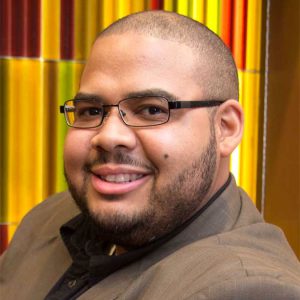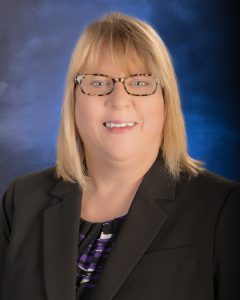By Lydia Hansen
Editor in Chief
Lydia.Hansen1961@mb.rctc.edu
For students at RCTC and other two-year colleges across the state, transferring of credits is an important but often frustrating part of their college career.
Those who have begun classes at one college with the intent to transfer to another to complete their degree are familiar with the misunderstandings, mistakes, and delays that make transferring a headache for students. Unpleasant surprises, like credits that don’t transfer and prerequisite classes that have to be taken again, are sometimes regarded as part and parcel of the transfer experience.
But RCTC faculty as well as counselors and advisers at other Minnesota State institutions don’t want this to be the case.
As of spring 2017, Minnesota State has started rolling out a series of transfer articulations that will allow for seamless transfers in certain programs between any of Minnesota State’s 30 colleges and seven universities. Called Transfer Pathways, the new program has been under construction for several years but will soon become fully accessible for students.

Greg Mosier
“What’s different about this program,” said Greg Mosier, RCTC’s Vice President of Academic Affairs, “is that you can start at any two-year Minnesota State institution and transfer to any of the Minnesota State institutions. If you take the transfer curriculum, those credits will be accepted.”
Transfer Pathways are being created in different areas, from business to nursing, as Minnesota State institutions come together to create a universal curriculum at the state level. Once approved, the individual institutions then modify their existing curriculum to fit it, which Mosier reported is step most institutions are on in implementing the Pathways program.
So far, a total of 29 different Pathways have been approved at the state level, and an additional 14 are under development. This means all Minnesota State students will have 29 degree options to take at two-year colleges that will transfer to four-year Minnesota State universities.

Michael Anthony
“Not all two-year institutions will be able to offer all 29 options because their region may not offer enough enrollment,” Mosier said.
Still, Pathways is a considerable improvement on the current situation in transferring between colleges, which can be a confusing process for many students that ultimately hinders degree completion.
“California has been doing this for about three years, and they’re really seeing an increase in degree completion at two-year and four-year institutions,” Mosier said.
While the Transfer Pathways are the first systemwide series of transfer agreements, RCTC has always held individual articulation agreements for specific degrees and programs with different colleges in the Midwest.
These range from the Path to Purple programs with Winona State University to a recent dual enrollment agreement for the Dental Hygiene program at Metropolitan State University. All told, RCTC has a total of 70 separate articulation agreements with other colleges and universities. A full list can be found at www.mntransfer.org.
However, having agreements in place doesn’t necessarily guarantee a smooth transfer experience. For that, students need to seek assistance from RCTC’s counselors and academic advisers.
“Our advisers and counselors try to help students know how to get the degree they want while saving money,” said Michael Anthony, RCTC’s Vice President of Student Affairs. “The idea is that the advisor here who knows the language and the lingo of the college here should be able to help you.”
To facilitate this process, RCTC launched a new tool in August, Advisor Trac (www.advisortrac.rctc.edu), to streamline scheduling appointments and help students contact support staff more easily.
“I want students to always feel they can ask Who can help me with this?’ because there are things students don’t know,” Anthony said. “And there’s no reason you should have to know all that. We try to do what we can that’s helpful to help streamline it a bit.”

Lisa Mohr
Students can expect academic advisers or counselors to sit down with them and help create a plan for how they’ll meet course requirements for their transfer goals. Lisa Mohr, the Dean of Student Success, works closely with the advising department to oversee the transfer process and explained what advisers are looking for as they help each student make plans for the future.
“We start by looking at where the student is when they come to us: just beginning, halfway, and so on. Then we see what blanks there are in the degree audit, and we look for where there’s room for what you need to take to meet the requirements of where you want to go.”
For students who are going into a program at a school where there is an existing articulated transfer agreement, advisors can chart out exactly what RCTC classes will need to be taken to complete the necessary prerequisites of the program. And when there is no articulated agreement, advisors also help do the work of communicating with whatever school students intend to transfer to.
“Some advisers just know based on experience what will transfer,” Mohr said. “Other times they have to call or contact the school and ask.”
All of this may take time, but by working closely with their academic advisers, students can save time, money, and unnecessary headaches. The new Transfer Pathways will make that process even smoother and easier for students, as well as making degree options at any of the 38 Minnesota State institutions more accessible,
“The more connections we have with colleges and universities in and around MN, the better it is for our students,” Anthony said. ”
But ultimately?
“We want the student to be successful,” Anthony said. “Be honest with us. We want to connect you with the right people.
And Transfer Pathways will make creating those connections even easier than before.
